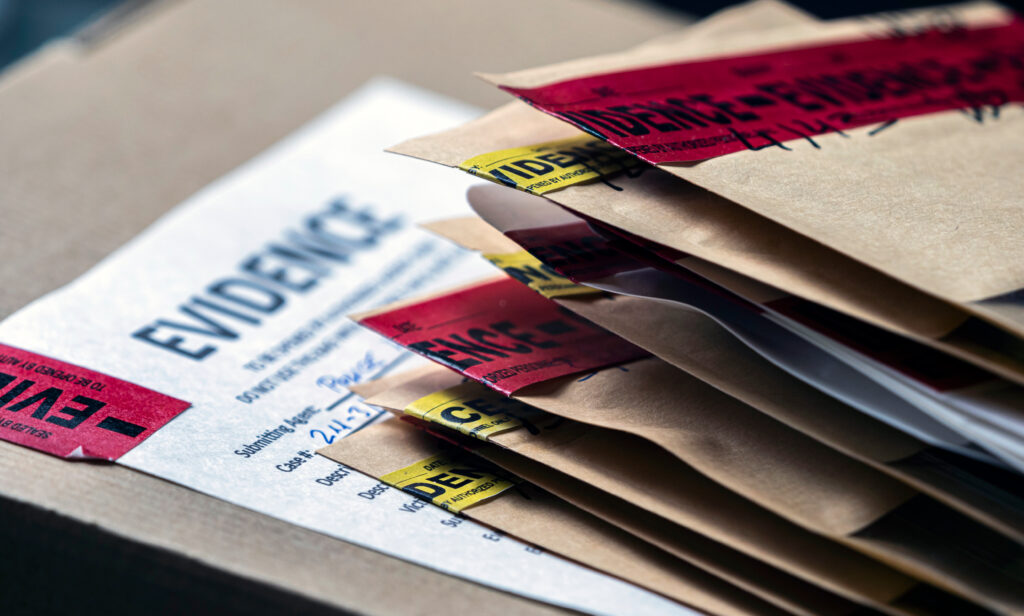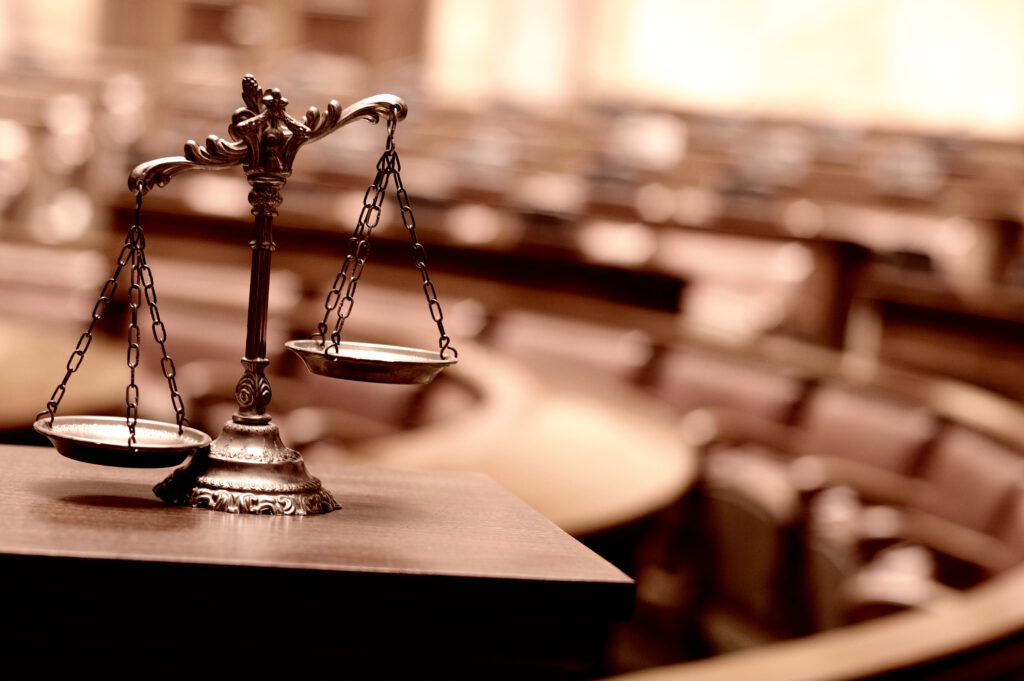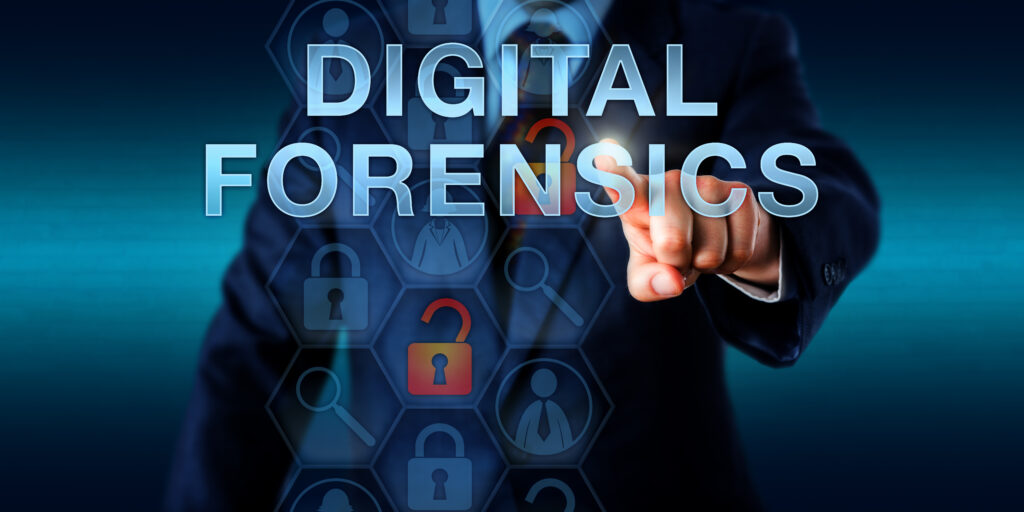In a child pornography case, the prosecution often relies heavily on digital forensic evidence to build a compelling case against the accused individual (or defendant). However, defendants can raise several legal defenses to challenge any evidence – including forensic evidence – that the prosecution introduces.
If you are currently facing a child pornography charge, it’s essential that you speak with a qualified child pornography defense attorney in your area as soon as possible. Your lawyer can determine your eligibility for various legal defenses, answer your questions, and aggressively represent you during all legal proceedings in your case.
Elements of a Child Pornography Charge
In a child pornography case, the prosecution must establish several legal elements to prove the defendant’s guilt beyond a reasonable doubt, which is a very high legal standard to overcome.

- First, the prosecution must legally demonstrate that the material in question meets the legal definition of child pornography. This typically involves showing that the images or videos depict individuals under the age of 18 engaged in sexually explicit conduct. Even if the defendant did not produce the content themselves, possession or distribution of such material can still lead to criminal charges.
- Secondly, the prosecution must establish that the defendant knowingly possessed, produced, or distributed child pornography. This means proving that the defendant was aware of the nature of the material and intentionally engaged in the illegal activity. Intent is a key factor in determining criminal liability in child pornography cases.
- Thirdly, the prosecution must demonstrate that the child depicted in the material is an actual minor. This often involves presenting evidence such as birth certificates, witness testimony, or forensic analysis to establish the age of the individuals depicted. Proving the victim’s age is essential for establishing the criminal nature of the defendant’s actions.
- Furthermore, the prosecution must establish jurisdictional elements, such as where the offense occurred and whether it violates local, state, or federal laws. Child pornography laws vary by jurisdiction, so it’s important for the prosecution to establish that the alleged conduct took place within the appropriate legal framework.
- Additionally, the prosecution may need to prove that the defendant knowingly transported, received, or accessed the child pornography across state or international borders. This can elevate the charges to federal offenses and carry harsher penalties.
- Finally, the prosecution must ensure that all evidence presented in court was obtained cand without violating the defendant’s constitutional rights. This includes adhering to proper search and seizure procedures and obtaining warrants when necessary.
How the Prosecution May Use Digital Forensic Evidence Against You in a Child Pornography Case
Digital forensics involves the collection, analysis, and presentation of electronic evidence, such as computer files, emails, and internet history, to establish the defendant’s guilt beyond a reasonable doubt.
- One way the prosecution may use digital forensic evidence is by examining the defendant’s electronic devices, such as computers, smartphones, and external hard drives, for traces of child pornography. Forensic experts can employ specialized software and techniques to recover deleted files, search for keywords associated with child pornography, and analyze internet browsing history to uncover potentially unlawful activity.
- Moreover, digital forensic analysis can reveal important metadata associated with the digital files in question, such as the date and time they were created or modified, as well as the devices used to create or access them. This information can help to establish a timeline of the defendant’s actions and provide corroborating evidence of their involvement in the distribution or possession of child pornography.
- Additionally, the prosecution may use digital forensic evidence to trace the origins of the illicit material back to the defendant. This can involve tracking internet protocol (IP) addresses, email accounts, or file-sharing networks used to transmit or receive child pornography. By linking the digital trail to the defendant’s online activities, the prosecution can establish a direct connection between the defendant and the allegedly illegal content.
- Furthermore, digital forensic analysis can uncover patterns of behavior indicative of criminal intent, such as frequent visits to websites known for hosting child pornography or attempts to conceal or encrypt illicit files. These findings can be presented as evidence of the defendant’s alleged awareness of the illegal nature of their actions and their deliberate efforts to evade detection.
- It’s important to note that digital forensic evidence is subject to rigorous scrutiny in court, and the prosecution must ensure that it was obtained legally – and without violating any of the defendant’s rights. Defense attorneys may challenge the admissibility of digital evidence based upon issues such as chain of custody, authenticity, and reliability.
By leveraging digital forensics, the prosecution will try to demonstrate the defendant’s involvement in the possession, production, or distribution of child pornography and secure a conviction against them in court.
Potential Penalties Upon Conviction for a Child Pornography Charge
Upon conviction for a child pornography charge, the potential penalties can be severe and have long-lasting consequences for the defendant’s life.
- One of the primary penalties for a child pornography conviction is incarceration. Depending upon the jurisdiction and the specific circumstances of the case, defendants may face significant prison sentences ranging from several years to decades. In some cases, particularly egregious offenses or repeat offenders may even receive life sentences. The length of the sentence often depends upon factors like the number of images or videos involved, the age of the alleged victims, and any prior criminal history.
- In addition to imprisonment, individuals convicted of child pornography offenses may also be subject to substantial fines. These fines can amount to thousands or even tens of thousands of dollars, further adding to the financial burden that the defendant faces. The imposition of fines serves as both a penalty and a means of compensating alleged victims and funding victim support services.
- Furthermore, individuals convicted of child pornography offenses may be required to register as sex offenders. Sex offender registration laws vary by jurisdiction but typically require convicted offenders to provide personal information to law enforcement agencies, such as their name, address, and photograph. This information is then made available to the public through online registries. Sex offender registration can have profound consequences for the defendant’s life, affecting their ability to secure employment, find housing, or establish relationships. Registered sex offenders may also face restrictions on where they can live or work, as well as mandatory counseling or treatment programs.
- Moreover, individuals convicted of child pornography offenses may be subject to probation or supervised release following their incarceration. During this time, they must comply with strict conditions that the court establishes, such as regular check-ins with a probation officer, restrictions on internet usage, and prohibitions on contact with minors.
Overall, the potential penalties upon conviction for a child pornography charge are severe and can have far-reaching consequences for the defendant’s freedom, finances, and reputation. It is essential for individuals facing such charges to seek experienced legal representation to defend their rights and lessen the potential legal penalties and collateral consequences of a conviction.
Ways of Challenging the Prosecution’s Forensic Evidence in a Child Pornography Case
In a child pornography case, challenging the prosecution’s forensic evidence requires a thorough understanding of digital forensics and legal strategies. Here are several approaches that criminal defense attorneys may take in these cases:
- Chain of Custody – The defense may question the chain of custody of the digital evidence, arguing that it may have been tampered with or compromised at any point between collection and analysis. Any breaks in the chain of custody can raise doubts about the integrity of the prosecution’s evidence.
- Expert Witness Cross-Examination – Defense attorneys often cross-examine the prosecution’s forensic experts to challenge their methodologies, interpretations, and conclusions. By questioning the reliability of the forensic analysis, the defense can create doubt in the minds of the jury.
- Alternative Explanations – Defense attorneys may present alternative explanations for the presence of illicit images on the defendant’s device. For example, malware or unauthorized access by others may have resulted in the images being downloaded without the defendant’s knowledge or consent.
- Authentication Issues – The defense may also argue that the prosecution has failed to adequately authenticate the digital evidence, raising doubts about its reliability and admissibility in court. Without proper authentication, the evidence may be deemed inadmissible.
- False Positives – Forensic software used to identify illegal images may produce false positives, mistakenly flagging innocent files as child pornography. The defense can challenge the accuracy of the software and highlight the possibility of false positives in the prosecution’s evidence.
- Metadata Analysis – Defense experts may conduct their own analysis of the metadata associated with the digital evidence to uncover inconsistencies or anomalies. Discrepancies in metadata may cast doubt on the prosecution’s timeline of events or the authenticity of the available evidence.
- Fourth Amendment Violations – Defense attorneys may argue that law enforcement violated the defendant’s Fourth Amendment rights during the search and seizure of digital devices, rendering any evidence obtained unlawfully inadmissible in court.
- Prejudicial Impact – Even if the forensic evidence is technically valid, the defense may argue that its prejudicial effect outweighs its probative value. This line of argumentation aims to persuade the judge to exclude the evidence or limit its use during trial.
An experienced criminal defense attorney can determine your eligibility for raising one or more of these legal defenses at trial and assert the appropriate defense(s) on your behalf in court.
Accepting a Plea Deal in a Case Involving Child Pornography

Deciding whether to accept a plea deal in a case involving child pornography is a complex and important decision that requires careful consideration of various factors. First, a plea deal – also known as a plea bargain – is an agreement between the defendant and the prosecution in which the defendant agrees to plead guilty to one or more charges in exchange for certain concessions, such as a lighter sentence or charge reduction.
- One factor to consider when evaluating a plea deal is the strength of the prosecution’s case against the defendant. If the evidence against the defendant is overwhelming and conviction at trial seems likely, accepting a plea deal may offer a way to lessen the potential consequences of a guilty verdict. By pleading guilty to lesser charges or cooperating with the prosecution, the defendant can secure a more favorable outcome than they would face at trial.
- Another factor to weigh is the potential risks and uncertainties associated with going to trial. Trials can be lengthy, costly, and emotionally taxing processes, and there is always a degree of uncertainty regarding the outcome. If the defendant is unsure of their chances of success at trial – or if they wish to avoid the stress and uncertainty of litigation – accepting a plea deal may offer a more predictable and expedient resolution to the case.
- Moreover, defendants must consider the potential consequences of a guilty plea, including the effect on their criminal record, employment prospects, and personal reputation. Pleading guilty to a charge involving child pornography can carry significant social stigma and may have long-lasting repercussions for the defendant’s life. However, if the plea deal includes provisions for lessening these consequences, such as reduced charges or a recommendation for a lenient sentence, it may still be a preferable option to having a trial.
- Additionally, defendants should consult with their attorney to assess the potential benefits and drawbacks of accepting a plea deal in their specific case. Experienced criminal defense attorneys can provide valuable insight and guidance based on their knowledge of the law, the facts of the case, and their past experiences with similar cases. Ultimately, the decision to accept a plea deal should be informed with a thorough understanding of the legal options available and the potential consequences of each decision.
Speak with a Knowledgeable Criminal Defense Attorney Today
If you are currently facing a child pornography charge, you need to retain an experienced criminal defense attorney for representation right away. A conviction can have effects that can stay with you for a long time. Your lawyer can formulate possible legal defenses to your charge, explore your options, and help you make informed decisions at every stage of your case.

